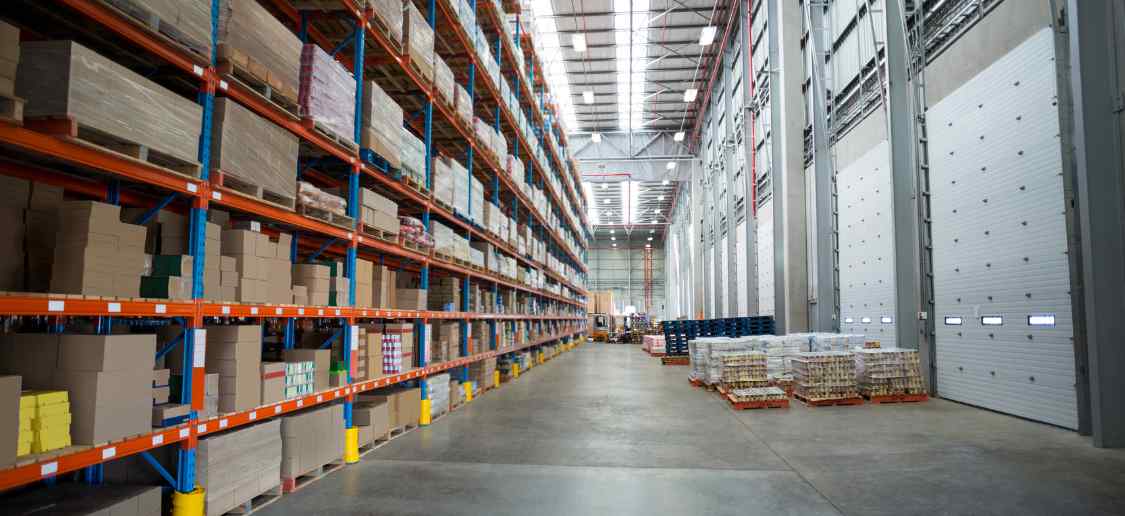
When you plan to rent a storage unit, one of the first questions that comes to mind is — how much space will I need? Choosing a storage size is not as simple as it sounds. If you choose a space that’s too small, your items might not fit. If you choose a bigger unit than you need, you might end up paying extra for unused space.
This is where a storage size calculator can save you time, money, and effort. It’s a simple online tool that estimates the amount of storage space you need based on the items you plan to store.
In this blog, we’ll explain how a storage calculator works, why it’s helpful, and how you can use it to find your perfect storage size.
Why Choosing the Right Storage Size Matters
Picking the right storage size is important for three reasons:
- Cost-Effectiveness – A unit that’s too large means you’re paying for empty space.
- Better Organisation – The right size allows you to arrange your items neatly and access them easily.
- Safety of Items – Overstuffing a small unit can damage your belongings.
What is a Storage Size Calculator?
Area Calculator is an online tool offered by many storage companies. You simply select the type and quantity of items you plan to store, such as furniture, appliances, boxes, or vehicles, and the calculator gives you an approximate unit size recommendation.
Think of it like a personal guide that helps you plan before you start packing.
Step-by-Step: How to Use a Storage Size Calculator
Step 1: Make a List of Items
Before using the calculator, write down everything you want to store. This list will help you choose accurate options in the calculator.
Step 2: Select Categories
Most calculators have categories like:
- Furniture (beds, sofas, tables)
- Appliances (refrigerators, washing machines)
- Boxes & Containers
- Seasonal Items (bicycles, gardening tools)
Step 3: Enter Quantity
Add the number of each item you have. For example, 2 single beds, 1 dining table, 10 medium boxes.
Step 4: Get the Recommendation
The calculator will suggest a storage size, such as:
- 25 sq. ft. – Ideal for a few boxes and small furniture
- 50 sq. ft. – Fits 1 BHK apartment items
- 100 sq. ft. – Fits 2–3 BHK apartment items
Step 5: Compare Sizes & Prices
Once you know your ideal size, check the rental price for different units and pick the best match.
Tips for Choosing the Right Storage Size
- Think Vertical – Remember that you can stack boxes to use height effectively.
- Leave Walking Space – If you’ll need to access items regularly, leave a small aisle inside.
- Consider Packing Style – If you pack items in an organised way, you can fit more in a smaller space.
- Future Needs – If you expect to add more items later, choose a slightly bigger size now.
Common Storage Sizes and What They Fit
- 25 sq. ft. (Locker Size) – Small furniture, 10–15 boxes, seasonal items.
- 50 sq. ft. – 1 BHK apartment furniture and boxes.
- 75 sq. ft. – 1.5–2 BHK apartment belongings.
- 100 sq. ft. – 2–3 BHK apartment belongings.
- 150 sq. ft. or more – Large house or office storage, vehicles, bulky machinery.
Benefits of Using a Storage Calculator
- Accuracy – No guessing; you get an estimate based on actual items.
- Saves Time – No need to physically measure your belongings.
- Avoids Wastage – Helps you avoid paying for unused space.
- Convenience – You can use it anytime from your phone or laptop.
Conclusion
Choosing the right storage size can make your storage experience easier, cheaper, and more organised. A storage size calculator takes the guesswork out of the process, helping you find the perfect fit in just a few minutes.
Whether you’re storing household goods, office files, or business inventory, this simple tool ensures you rent the space you need — nothing more, nothing less.
FAQs
Q1: Is a storage size calculator accurate?
Ans: It gives a close estimate, but final space requirements may vary depending on how you pack and arrange items.
Q2: Do I have to pay to use a storage calculator?
Ans: No, most companies provide it for free on their website.
Q3: Can I change my unit size later?
Ans: Yes, many storage companies allow you to upgrade or downsize based on your needs.
Q4: What if my items don’t fit in the recommended size?
Ans: In that case, choose the next available larger size to avoid overstuffing.
Q5: Do I need to measure my items before using the calculator?
Ans: It’s not mandatory, but having rough measurements helps in getting a more accurate result.







